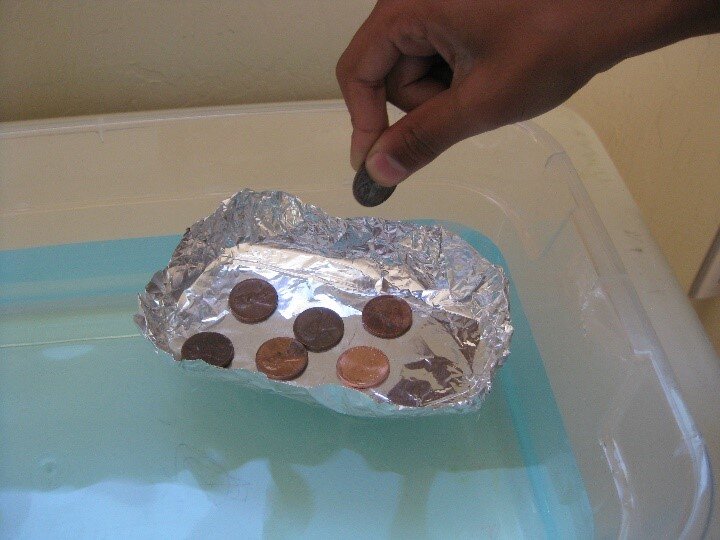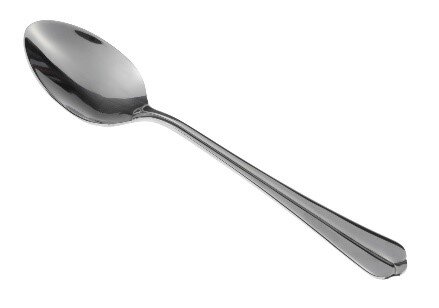Discipline: Physical Science
Age Range: 5-12
Estimated Time: 10 minutes
What you need: Aluminum foil (sheets should be approximately 10 in x 10 in), weights (can use marbles, pennies, glass gems, rocks, etc.), and a bucket or sink filled with water
Instructions:
Use one sheet of aluminum foil to create a boat that can hold as much weight as possible.
You may not use anything to build your boat other than your one sheet of aluminum foil.
Once your boat is complete, put it in a bucket or sink filled with water and see how much weight it can hold. Continue adding weight until your boat starts to take on water or sink. You can count how weights your boat can hold, or put it on a scale to weigh how it could hold before your boat sank or took on water.
Once you test your boat, try to improve it. What worked well the first time? What can you improve? Design another boat and repeat steps 1 through 3.
https://science4superheroes.files.wordpress.com/2014/10/img_2228.jpg






















